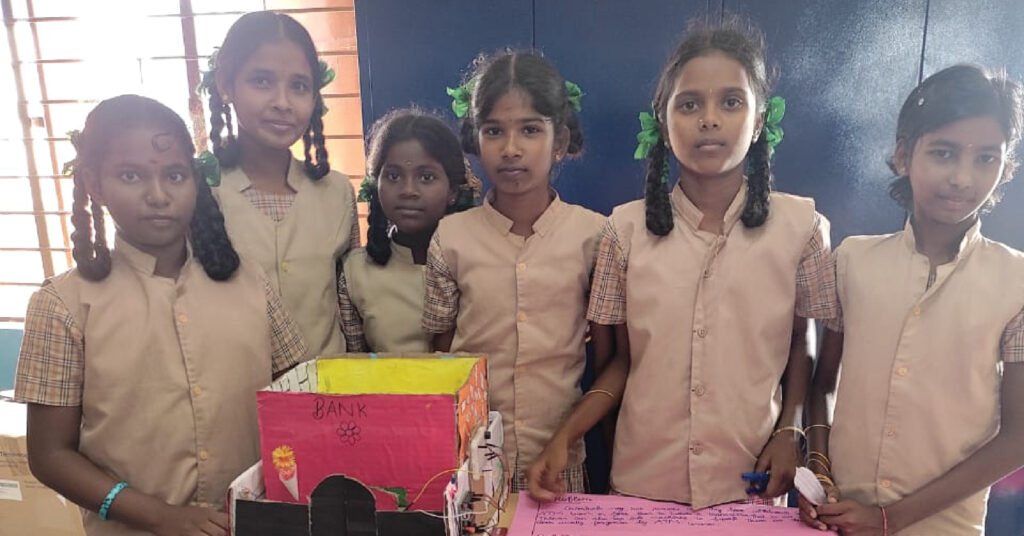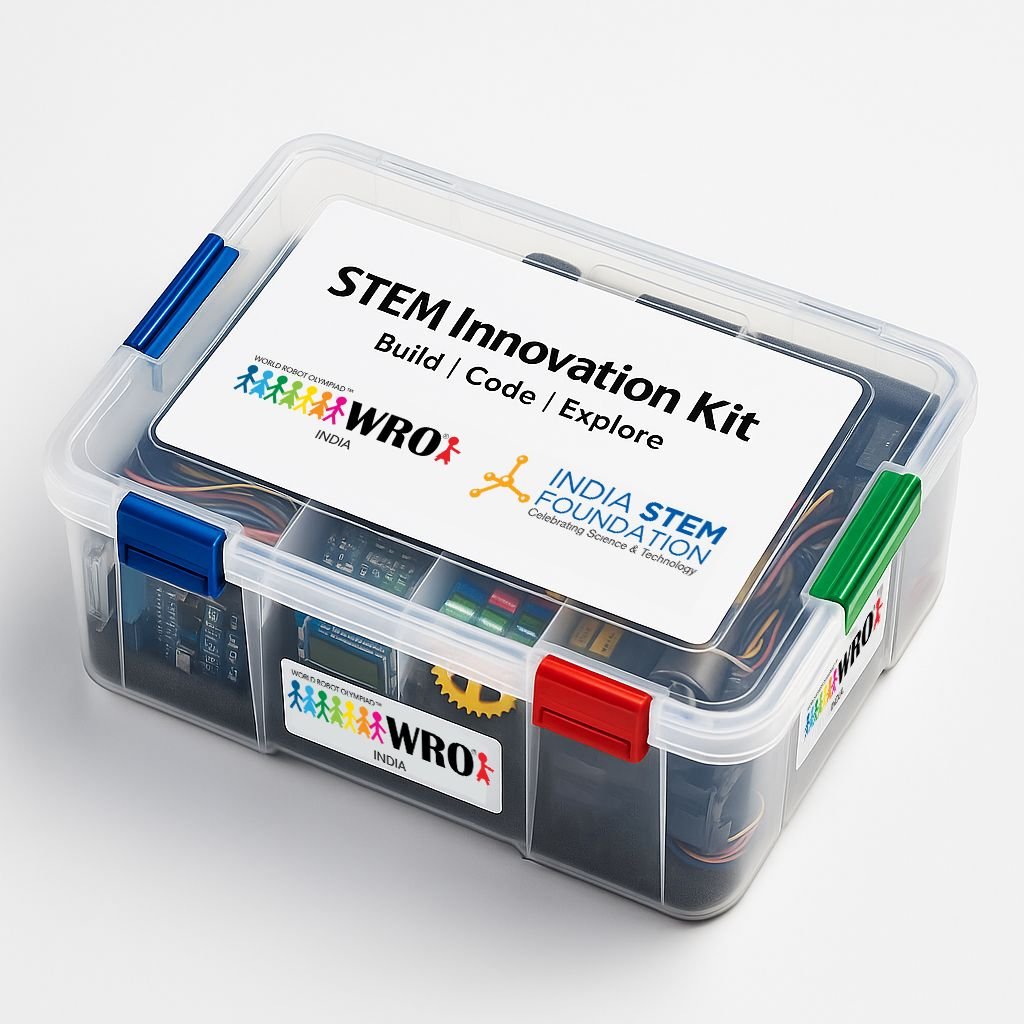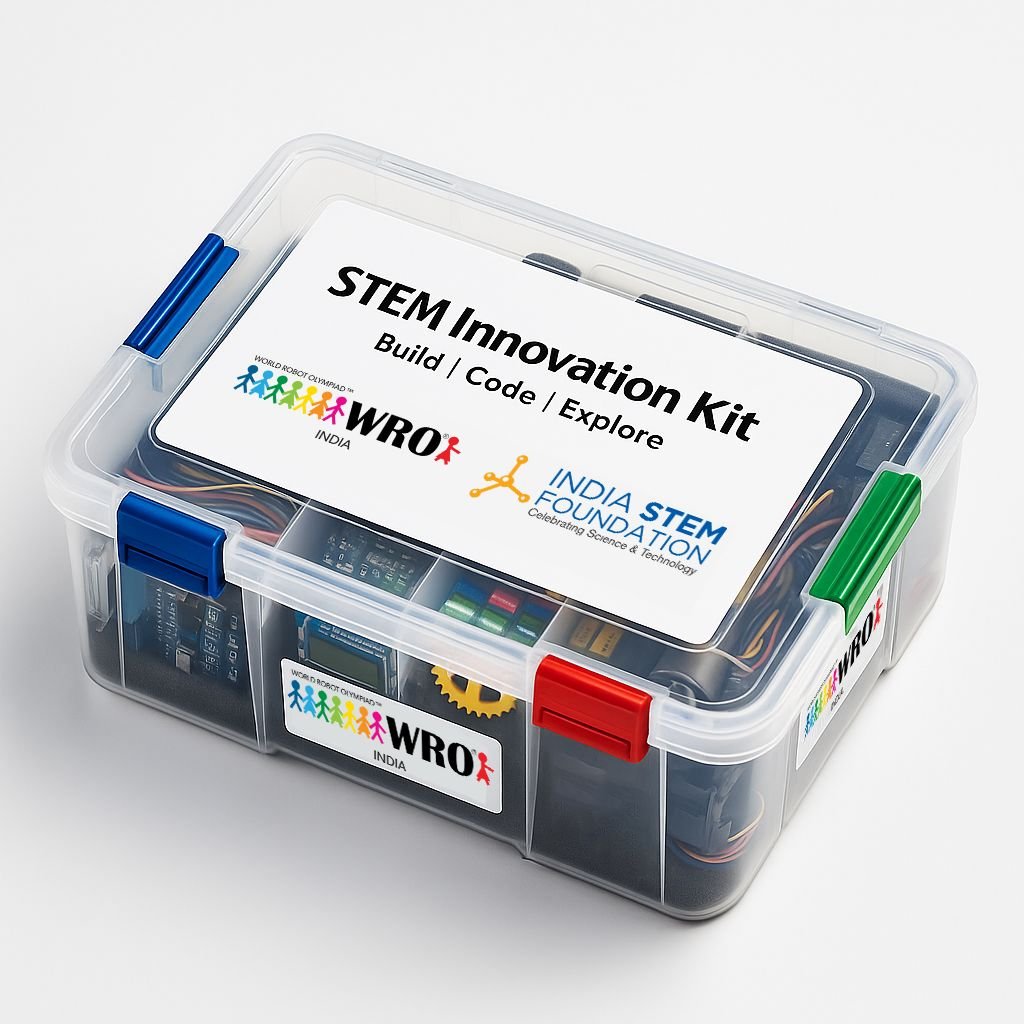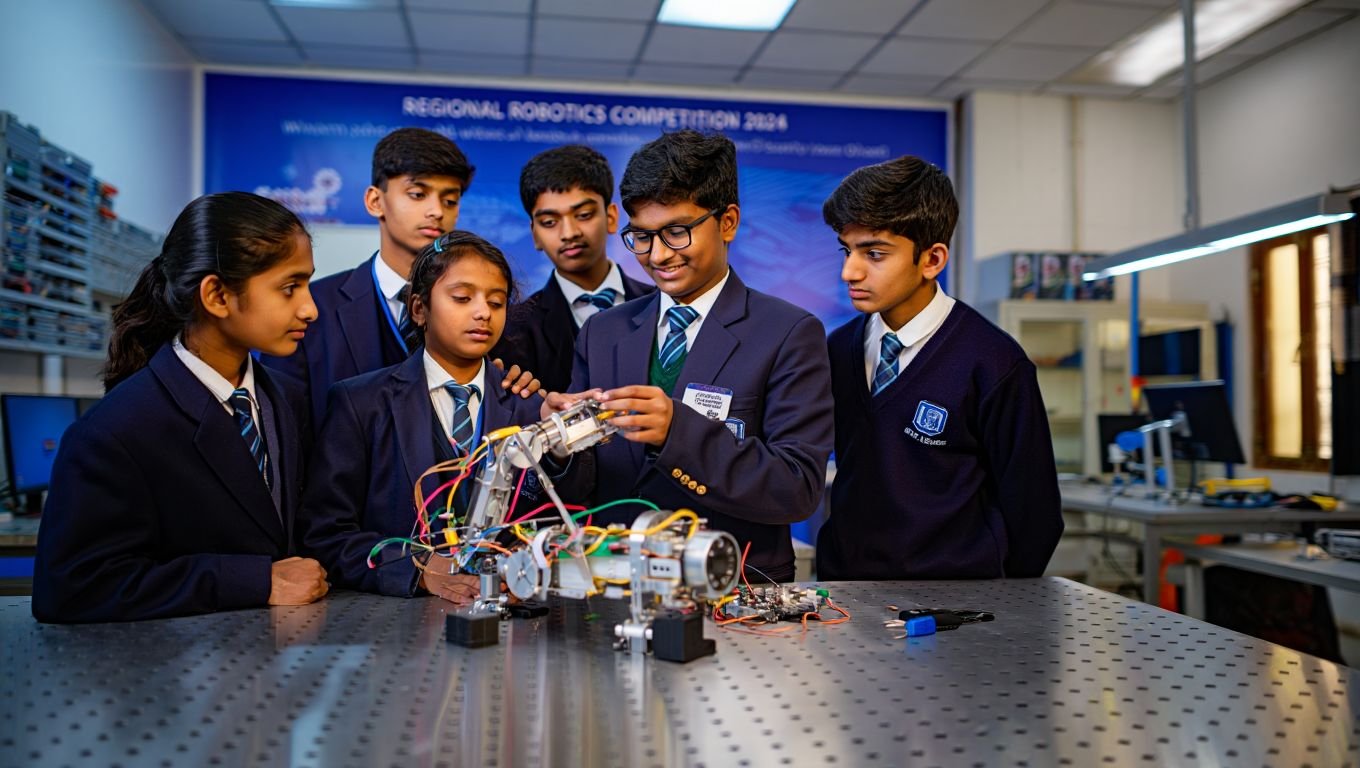Science, Technology, Engineering, and Mathematics (STEM) education is essential for both individual and social advancement. It develops the critical thinking, creativity, and problem-solving abilities that are vital in today’s workforce. STEM education stimulates economic growth by training students for a variety of employment options and prepares the next generation of leaders to address global issues like healthcare and climate change. India’s STEM education situation now exhibits both advancements and difficulties. Disparities still exist despite a notable rise in interest in and enrolment in STEM subjects, especially in metropolitan regions. There are many differences in access to high-quality STEM education, and underserved and rural populations frequently lack infrastructure and resources.
The National Education Policy 2020 is one government program that aims to improve STEM education by encouraging innovation and transdisciplinary methods. But problems still exist, such as out-of-date courses, little exposure to real-world situations, and a lack of appropriately qualified teachers. Gender inequality is still an issue, since fewer women are pursuing STEM fields. Although India has made progress in STEM education overall, resolving these issues is essential to creating a more effective and inclusive educational environment.
Challenges in STEM Education in India
Socioeconomic Disparities: Students from low-income families frequently have restricted access to high-quality STEM education. Many students’ learning experiences are hampered by a lack of resources like computers, textbooks, and even basic infrastructure.
Gender Inequality: Girls are deterred from entering STEM areas by cultural norms and preconceptions. As a result, there is a notable gender disparity in these fields’ enrolment and involvement.
Urban-Rural Divide: The educational facilities in urban and rural areas differ greatly. Inadequate infrastructure, a shortage of trained educators, and restricted access to technology are common problems in rural locations.
Outdated Curriculum: Traditional, rote-learning techniques are still used in many educational institutions. Students are frequently not engaged by this method, nor do they acquire the critical thinking and problem-solving abilities required in STEM disciplines.
Absence of Practical Experience: Students frequently lack access to chances for experiential learning and real-world STEM application. This disparity may erode curiosity and comprehension.
Inadequate Teacher Training: The quality of education is impacted by the lack of qualified STEM teachers. Many educators may not have access to chances for professional development in contemporary teaching techniques.
Language Barriers: Due to the wide language landscape, many students find it challenging to understand the STEM curriculum that is largely presented in English.
Awareness and Guidance: Parents and students frequently lack knowledge about the significance of STEM occupations, which discourages kids from pursuing them.
Limited Research Opportunities: Students in higher education may find it difficult to get internships and research projects, which restricts their exposure to cutting-edge advancements and practical experience.
In order to promote a more successful and inclusive STEM education system in India, several issues must be addressed.
Proposed Solutions
Improving Accessibility: Put in place initiatives that offer infrastructure and resources in underserved regions, such digital learning platforms and mobile labs. Work together with private organisations and NGOs to promote low-income students’ efforts and provide funding for scholarships.
Encouraging Gender Inclusivity: Start focused initiatives to persuade females to seek STEM careers, such as scholarships and mentorship programs designed especially for female students. To motivate the next generation, highlight female STEM role models at workshops and seminars.
Curriculum Reform: Update the curriculum to include interdisciplinary methods and real-world applications in order to make it more interesting and pertinent. To make STEM topics more approachable, include local languages into instructional materials.
Creative Teaching Strategies: Promote experiential and project-based learning to develop students’ critical thinking and problem-solving abilities. Make use of technology to improve learning, such as interactive software and online simulations.
Teacher Training and Professional Development: To provide educators with up-to-date knowledge and contemporary teaching techniques, fund ongoing professional development initiatives. Form alliances with academic institutions and research centers to host seminars for teacher preparation.
Community Engagement: To increase awareness of the value of STEM education, engage parents and communities in STEM activities by holding seminars and educational sessions. Organize community science fairs and contests to encourage students’ interest in and participation in STEM.
Opportunities for Research and Internships:
Collaborate with businesses and academic institutions to develop internship programs that provide students with practical experience in STEM subjects. Encourage students to participate in scientific inquiry by supporting research projects in schools and universities.
Awareness Campaigns: Run educational initiatives aimed at parents and students that emphasize the value of STEM professions and the possibilities they provide. Share success stories and advocate for STEM education programs through social media and local events.
India can strive towards a more effective and inclusive STEM education system that equips all students for opportunities and challenges in the future by putting these suggestions into practice.
Successful Programs and Initiatives in India
STEM Learning:
Through seminars and training programs, this organisation provides instructors and students with experiential learning opportunities. It emphasises include under-represented populations in STEM education, especially girls.
Girl Rising India:
This campaign promotes females’ education, particularly in STEM professions, using media and narrative. It encourages and supports females in pursuing STEM professions by offering resources and mentorship.
Robotics and Coding Programs:
Students from a variety of backgrounds may now access STEM education thanks to initiatives like Robotics for All and WhiteHat Jr., which have implemented robotics and coding programs in Indian schools.
Atal Innovation Mission (AIM):
Through Atal Tinkering Labs, which were started by the NITI Aayog, AIM encourages students to investigate STEM ideas through practical projects while fostering innovation and entrepreneurship in schools.
Teach For India:
In order to instruct and motivate pupils, this initiative places young leaders in schools with little resources. It aims to address educational disparities in underprivileged communities and places a strong emphasis on STEM education.
Project Nandini:
This program addresses gender inequities by offering scholarships and support to female students pursuing scientific and engineering degrees with the goal of expanding women’s involvement in STEM.
KVPY (Kishore Vaigyanik Protsahan Yojana):
This national program encourages students to pursue research careers in science by offering scholarships and mentorship opportunities. It targets students from diverse backgrounds, fostering interest in STEM fields.
Vigyan Prasar:
An initiative by the Department of Science and Technology, Vigyan Prasar promotes science communication and education through workshops, seminars, and educational programs, particularly targeting underprivileged communities.
NASA’s Space Apps Challenge:
This global hackathon has local editions in India, encouraging students to work on real-world problems using STEM skills. It promotes collaboration among diverse participants, enhancing inclusivity.
These projects and programs serve as prime examples of attempts to increase the inclusivity of STEM education in India and develop a diverse pool of future scientists and technologists.
In conclusion, despite India’s notable advancements in STEM education, issues including gender discrimination, socioeconomic inequity, and out-of-date curriculum still exist. There is still more to be done to promote creativity and diversity despite initiatives like the National Education Policy 2020. It is important to address these concerns through more teacher training, focused gender efforts, and greater accessibility. Programs that have been successful in engaging under-represented populations and promoting STEM vocations include KVPY, Girl Rising, and Atal Innovation Mission. India can develop a more dynamic and equitable STEM education system that equips all students for the possibilities and challenges of the future by carrying out these ideas going forward.




